
The hardest decision a leader has to make is sanctified in peril before it is fulfilled at all,” Israeli Prime Minister Benjamin Netanyahu declared upon unveiling the most sweeping Israeli military campaign against Iran ever on record. While the world watches the intensifying conflict between Israel and Iran, there’s a new variable compounding the mix: Russia’s outright intervention, playing the role both of Israel’s critic of the attacks and potential mediator in a fast-unraveling region. June 2025’s events not only recharted the Middle East conflict landscape but put the fate of nuclear nonproliferation, regional alignments, and world security on the edge of a knife.
This article disassembles the most theatrics-ridden aspects of the crisis from the exactness and effectiveness of Israeli airstrikes on Iranian nuclear facilities to the new missile war strategy, Israel’s mythic Iron Dome’s power and shortcomings, and Moscow’s high-wire foreign policy. For defense engineers, security analysts, and foreign affairs watchers, these are the eight most consequential events that will define the next chapter of Middle Eastern geopolitics.

1. Operation Rising Lion of Israel: Scope and Implication
At sunrise on June 13, Israel began Operation Rising Lion, a wide aerial attack on Iran’s nuclear establishment and senior military commanders. Over 200 Israeli fighter jets dropped more than 330 bombs on up to 100 targets, including the Natanz enrichment facility and Isfahan’s uranium plants. The bombings “destroyed a metallic uranium manufacturing facility, re-conversion infrastructure for enriched uranium, laboratories and additional infrastructure,” IDF spokesman Brig. Gen. Effie Defrin said.
While the Israeli government was highlighting the existential danger that Iran’s newly forming nuclear capability posed, the scope of the operation attacking not just nuclear facilities but also top commanders—speaks to an agenda of undoing Iran’s technological progress as well as stripping it of its capacity to strike back. The annihilation of Natanz would probably derail Iran’s program but might make deeply buried facilities like Fordow unavailable to anyone but the most sophisticated bunker-busting bombs.
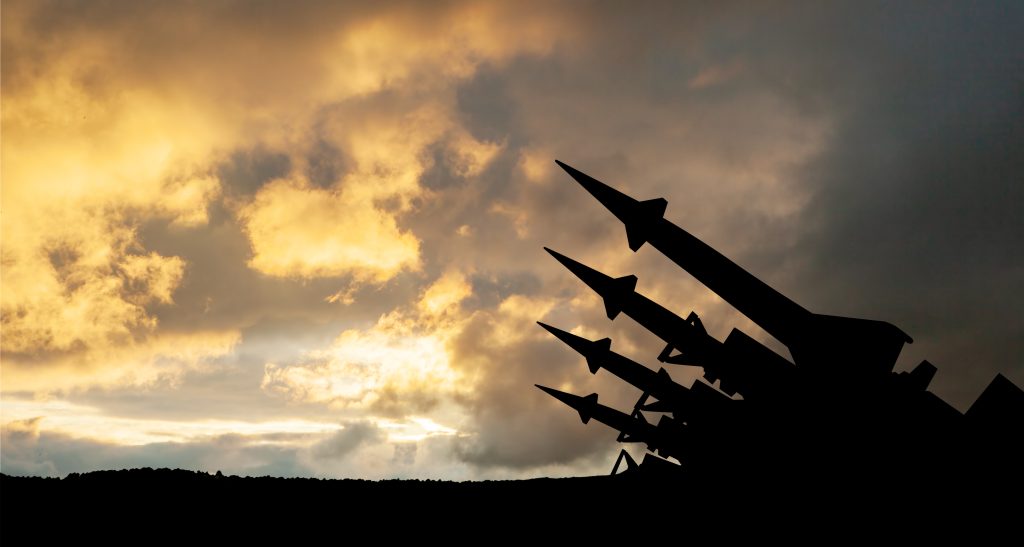
2. Iran’s Retaliatory Missile Salvo: Scale and Effectiveness
The Iranian reply was rapid and spectacular. Tehran unleashed what it called the “start” of a “crushing response,” firing hundreds of ballistic missiles and drones into Israeli airspace. The majority were downed, the IDF asserted, but some penetrated and inflicted harm and casualties on Tel Aviv and Gush Dan, Israel’s largest urban cluster.
Iran’s state news agency reported that dozens of the missiles hit strategic military-industrial facilities, although Israeli authorities asserted that the overwhelming majority were destroyed. The United States and regional allies supplied backing for missile defense operations, highlighting the internationalization of the conflict. The assault demonstrated the resilience and weakness of Israel’s multi-layered air defense system and revealed Iran’s capability to launch repeated, multi-directional barrages of firepower a doctrine increasingly at the heart of its military doctrine, as outlined in recent accounts.
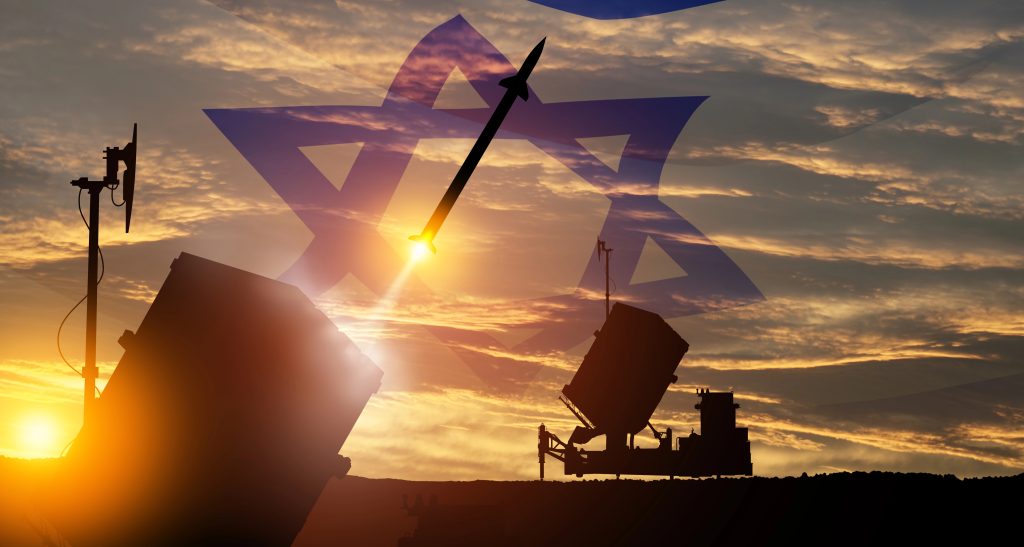
3. The Iron Dome and Israel’s Air Defense Network Under Siege
Israel’s Iron Dome, that technological wonder of an 85–90% rate of interceptions, was tested like never before. The Iron Dome, in fact, together with the Arrow and David’s Sling defense systems, constitutes a multi-layered defense that attempts to differentiate between threats targeting populated areas and those targeting empty areas.
In spite of its proven success, sheer quantity and diversity of Iranian rockets ballistic missiles, cruise missiles, and drones—tested the system to breaking point. Tel Aviv civil defense workers dealt with collapsed facades and crushed cars, while psychological strain of continuous alerts was starting to show. The incident reinforced that technology provides valuable protection but not a replacement for diplomatic solution, testified by Israeli officials who have labeled Iron Dome as a “stopgap measure.”.
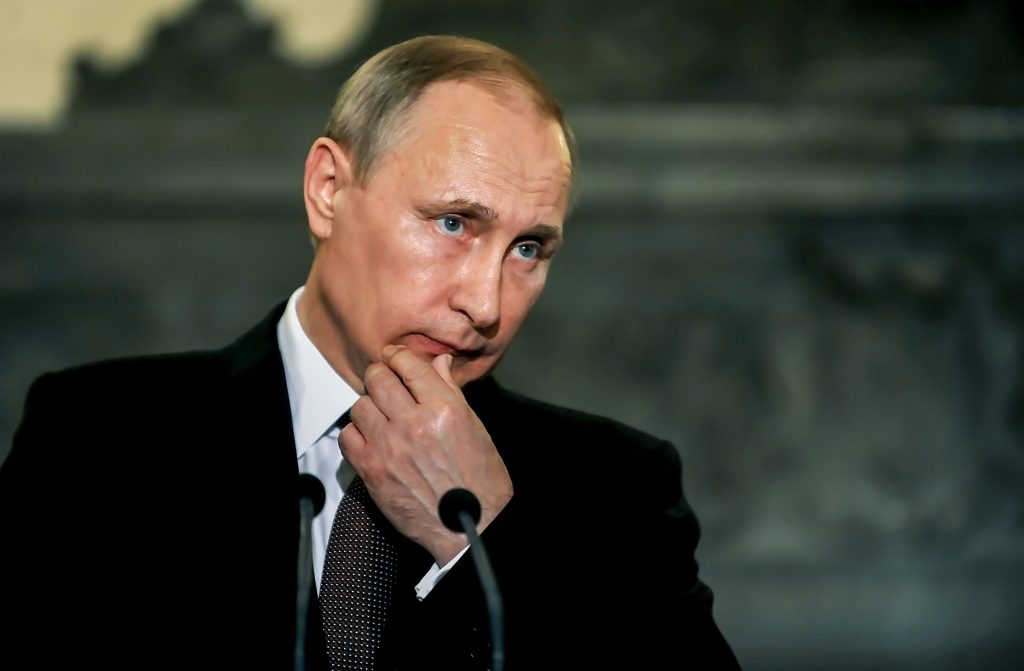
4. Russia’s Mediation Initiative: Motives and Limitations
In the midst of rising tensions, Russian President Vladimir Putin turned into a stern critic of Israeli airstrikes and self-proclaimed mediator. The Kremlin criticized the airstrikes as a breach of the UN Charter and international law while reaffirming support for a diplomatic solution to Iran’s nuclear confrontation. Particularly, Russia has proposed removing Iran’s enriched uranium and processing it into civilian reactor fuel—a proposal that continues to be on the table but teeters in the balance because of continued violence, Kremlin spokesman Dmitry Peskov admitted in recent remarks.
Moscow’s tightrope act holding onto Tehran and Jerusalem while asserting its diplomatic value—operates on both risk and opportunity. The world at large, torn in its response, must now be ready for a situation where Russian mediation would soothe the tensions or dug itself deeper, depending on emerging battlefield dynamics.

5. The Race for Nuclear Capability: Iran’s Timetable and Hidden Risks
Foreign observers have cautioned that Iran’s 60% enriched uranium inventory short of weapons-grade is large enough to generate enough material to build multiple bombs if further enriched. Iran would have enough material to theoretically build five fission weapons in about a week, and eight in less than two weeks, as of February 2025, according to reliable estimates.
The threat is also heightened by Iran’s running of sophisticated centrifuges and the suspected clandestine enrichment at secret places. The International Atomic Energy Agency has lost valuable visibility under access restrictions, and there are fears that Iran will be able to speed up weaponization without being detected. The threat of hidden places and the speedy “dash” scenarios has turned into a main concern for Western security planners.
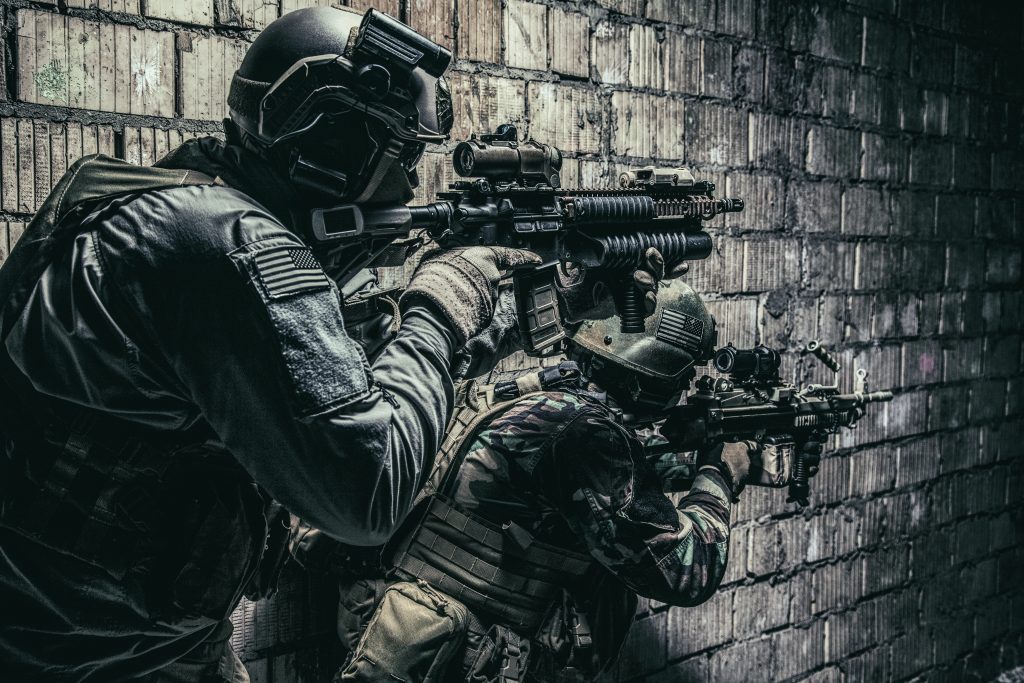
6.The Regional Domino Effect: Proxy Warfare and Escalation Risks
More than the overt war is involved in Israel’s showdown with Iran. Iran’s past practice of relying on its proxies Hezbollah, Hamas, and the Houthis—keeps within reach the threat of indirect revenge. Iranian proxies in Yemen and other locations, noted Chatham House analysts, can escalate attacks against U.S. and Israeli targets and threaten to drag Gulf states and great powers deeper into the fray.
This pyramiding via proxy strategy coupled with cyberattacks and naval build-ups threatens the specter of a wider regional conflict—a threat that would have far-reaching implications for global security and global energy markets.

7. The Fate of Nuclear Diplomacy: Negotiations in Peril
The recent military sparring has put a cloud over already tenuous nuclear talks. U.S.-Iraniaanse planned talks were suddenly thrown into jeopardy, with Iranian legislators announcing a probable walk-away from the process. Diplomatic channel collapse could ultimately make both sides’ positions harder to move away from, and harder to de-escalate further.
US ex-President Donald Trump, distancing Washington from Israeli brutality, threatened that “there is still time to make this slaughter, with the next already planned attacks being even more brutal, come to an end.” However, the time for a negotiated settlement seems to be running out as military logic overpowers diplomatic blandishments.
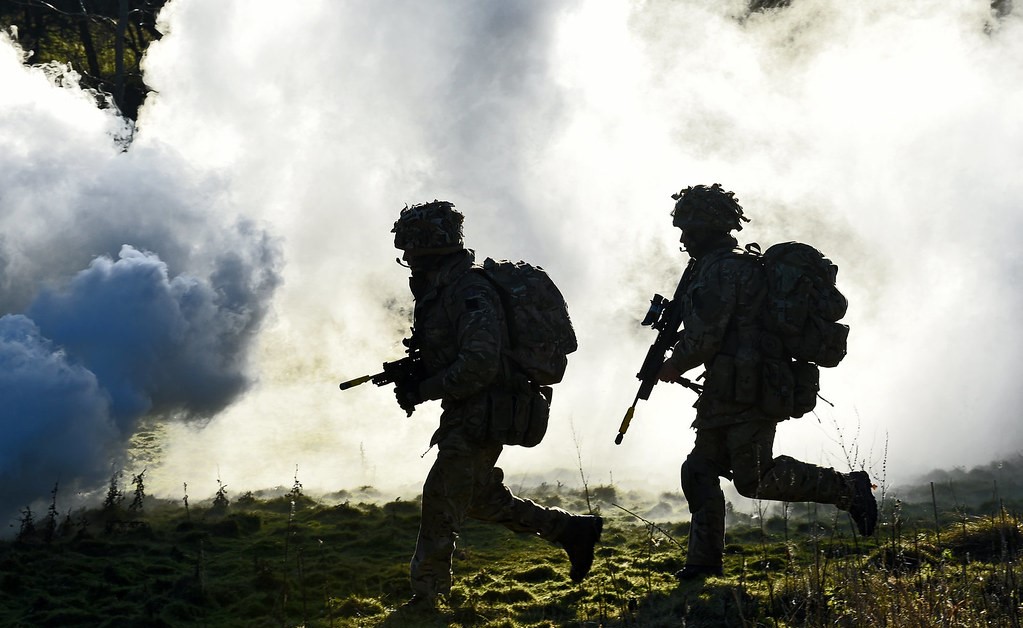
8. The Strategic Calculus: Deterrence, Escalation, and Unintended Consequences
Both Iran and Israel are now engaged in a cycle of action and reaction, each of them trying to redefine deterrence. Israeli leaders contend that preemption is necessary to stop a nuclear adversary, while Iran presents its response as a defense against assault. The danger, Russian Federation upper house parliamentarian Konstantin Kosachev cautioned, is that “the vicious circle of escalation is rapidly spiraling upward.”.
The effectiveness of firepower attacks, the endurance of air defenses, and the unreliability of proxy powers all converge to yield a volatile cocktail in which miscalculation can drive wider war. How the international community responds whether through mediation, sanctions, or military assistance will decide the fate of this crisis for decades to come.
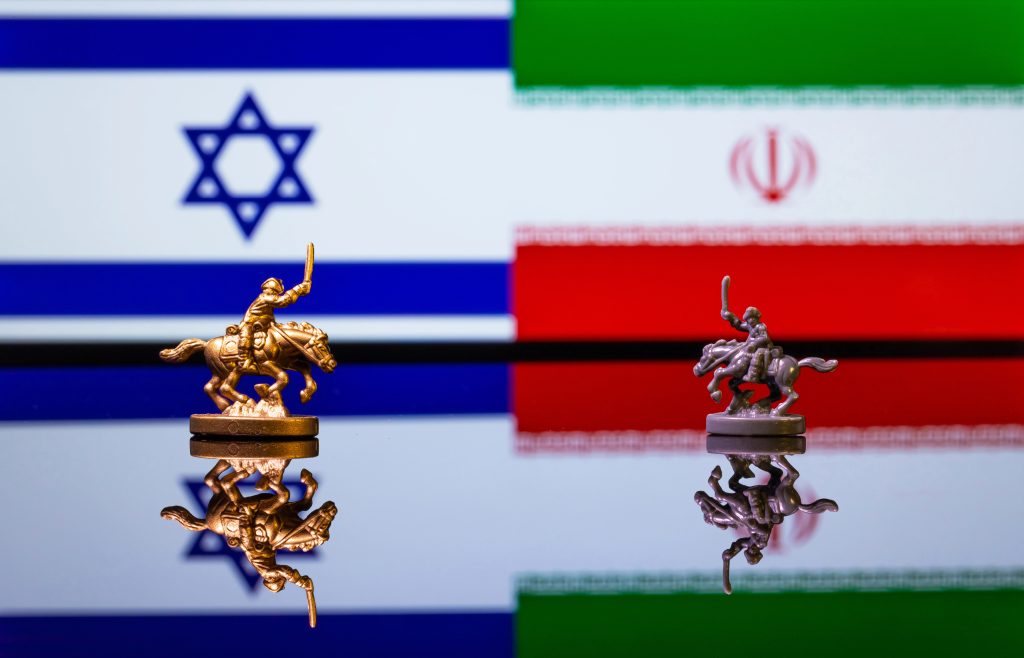
The Israeli-Iranian crisis is an experimental Petri dish for 21st-century security issues, where technology, diplomacy, and ideology intersect in unexpected combinations. The Russian intervention brings an added layer of complexity, as does the specter of nuclear proliferation and the dirty old loogy of proxy war. The test for politicians and analysts is not merely to interpret the signals of escalation but to predict the next step in a war where each choice has international repercussions. The lessons of June 2025 will reverberate long beyond the Middle East, determining the international security of the future.


